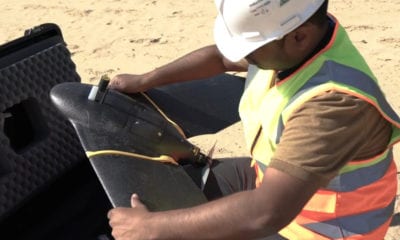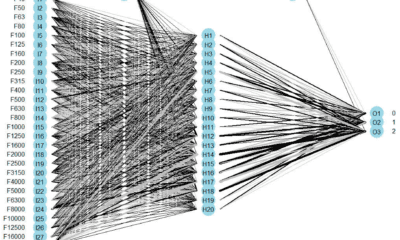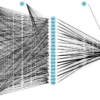
News
Drones and Artificial Intelligence Help Monitor Great Barrier Reef
Drones and Artificial Intelligence Help Monitor Great Barrier Reef
Artificial Intelligence (AI) and a hyperspectral drone together have made a unique conservation effort feasible for the Great Barrier Reef. Tech giant Microsoft contributed US$50 million to a Queensland University of Technology (QUT) research project led by Australian Centre for Robotic Vision and Associate Investigator Felipe Gonzalez who is an aeronautical engineer and Associate Professor for the AI for Earth program.
The grant will allow Gonzalez to process data from the reef speedily using cloud computing services, saving perhaps months in data crunching time. Partnering with the Australian Institute for Marine Science (AIMS), Professor Gonzalez has already captured data from drones flying at 60m above the Great Barrier Reef at four vulnerable reef locations. The Great Barrier Reef stretches 2,300km with about 3,000 reefs, making constant monitoring of the reef a huge task. Gonzalez has processed about 30 per cent of the data collected by the drones.
Gonzalez explains, “One of the greatest challenges in saving the reef is its size – it’s far too large for humans to monitor comprehensively for coral bleaching and satellites and manned aircraft can’t achieve the ultra-high resolution that we can with our low-flying system.” His drone system uses specialised hyperspectral cameras and once validated using AIMS underwater data it can identify coral against the background of sand and algae while also determining the type of coral and precise levels of coral bleaching. Professor Gonzalez said that the drones were able to cover a far bigger area in a day than in-water surveys and were not hampered by cloud cover which impacted surveys by plane or satellite.
Associate Professor Gonzalez launched the first flight project 18 months ago, using the drones to analyse the health of four coral reefs in the Great Barrier Reef Marine Park. A standard camera detects images in three bands of the visible spectrum of red, green and blue. The hyperspectral camera, flying over the reef, uses 270 bands of the visible and near-infrared spectrum – providing far more detail than the human eye can see. About 30 % of the data collected by the drones has already been processed by Gonzalez. The Microsoft AI for Earth grant will allow him to process the rest of the data quickly using Microsoft’s Azure cloud computing resources, including AI tools.
“We’ve built an artificial intelligence system that processes the data by identifying and categorising the different ‘hyperspectral fingerprints’ for objects within the footage. Every object gives off a unique hyperspectral signature, like a fingerprint,” he said, adding, “The signature for sand is different to the signature for coral and, likewise, brain coral is different to soft coral. More importantly, an individual coral colony will give off different hyperspectral signatures as its bleaching level changes, so we can potentially track those changes in individual corals over time.”
Formed in 2014, the Australian Centre for Robotic Vision is the world’s first research centre specialising in robotic vision. Comprising a group of researchers on a mission to develop new robotic vision technologies to expand the capabilities of robots, the Australian Centre for Robotic Vision has assembled an interdisciplinary research team from four leading Australian research universities: QUT, The University of Adelaide (UoA), The Australian National University (ANU), and Monash University.
The Microsoft AI for Earth program is designed to use technology to help mitigate and adapt to challenges such as climate change and the catastrophic loss of biodiversity.
How useful was this post?
Click on a star to rate it!
Average rating 2.3 / 5. Vote count: 3
No votes so far! Be the first to rate this post.
We are sorry that this post was not useful for you!
Let us improve this post!
Tell us how we can improve this post?

























